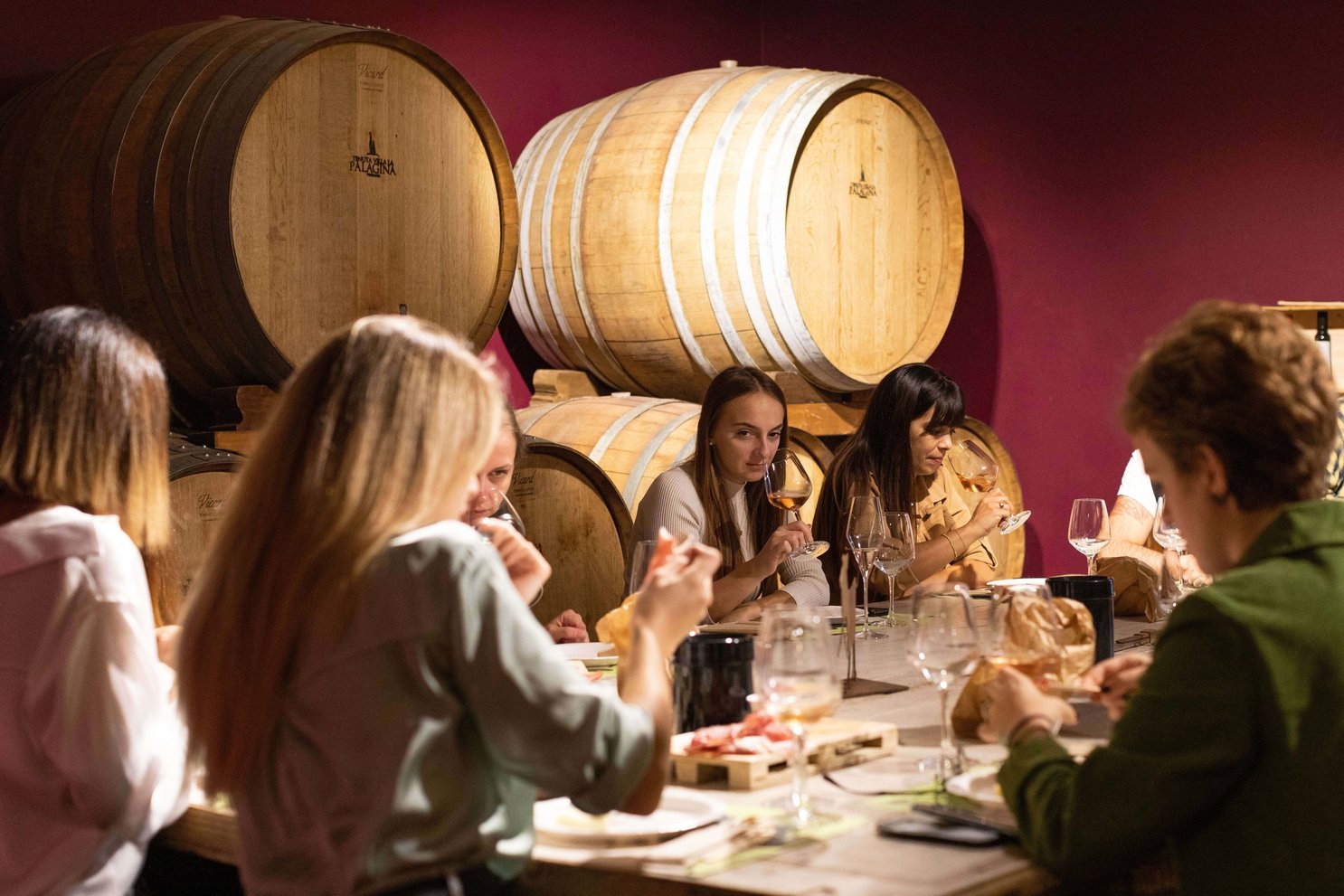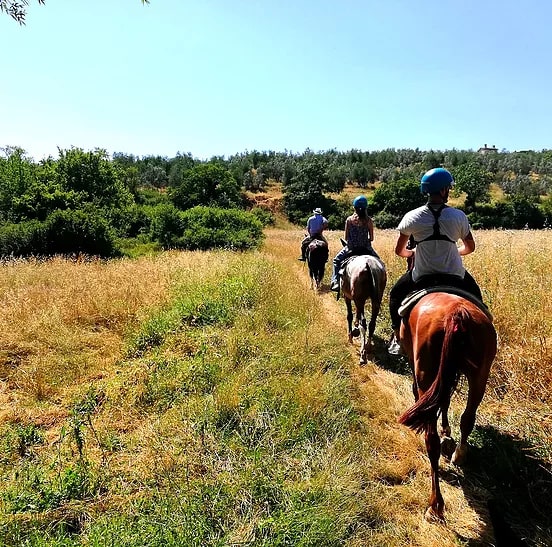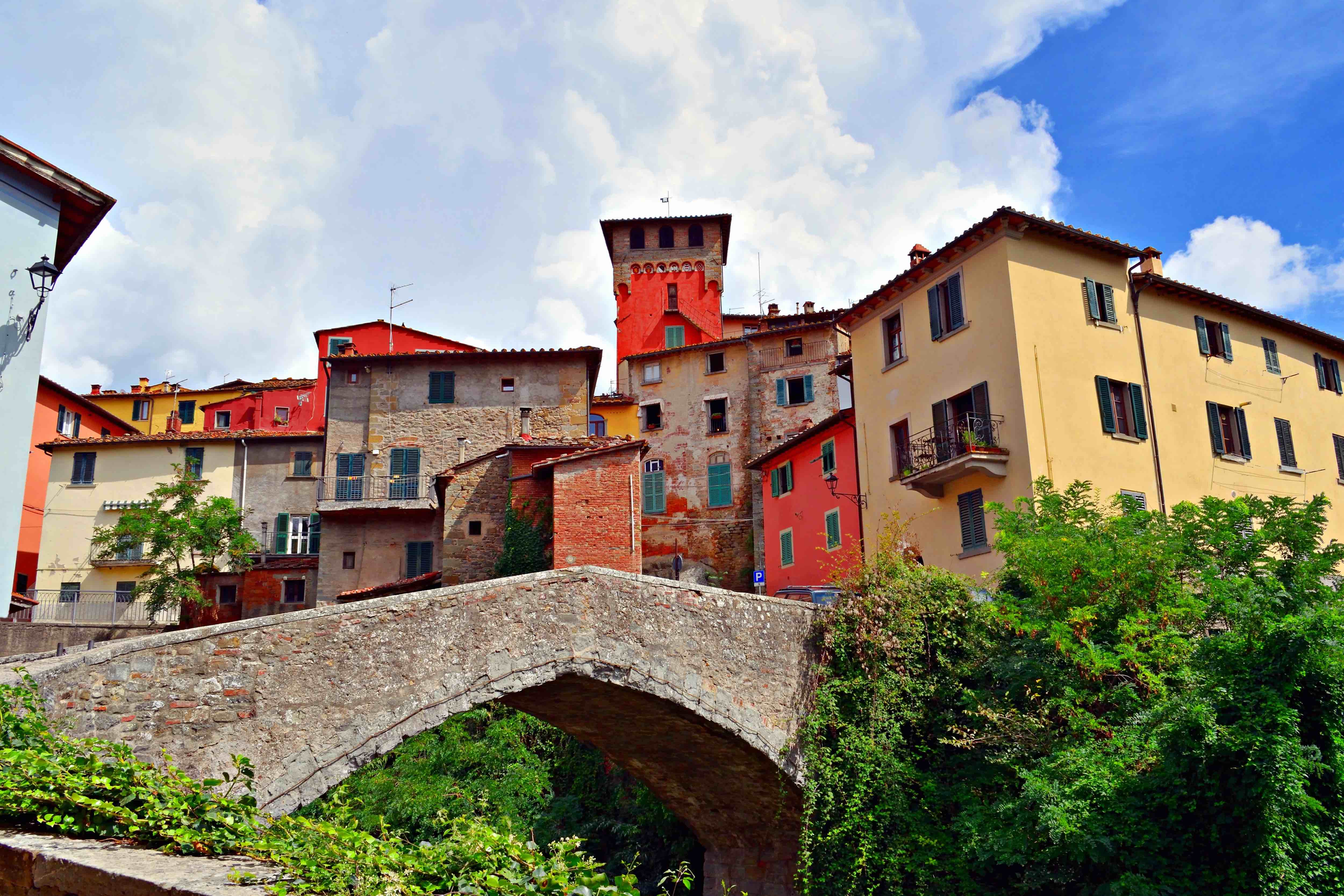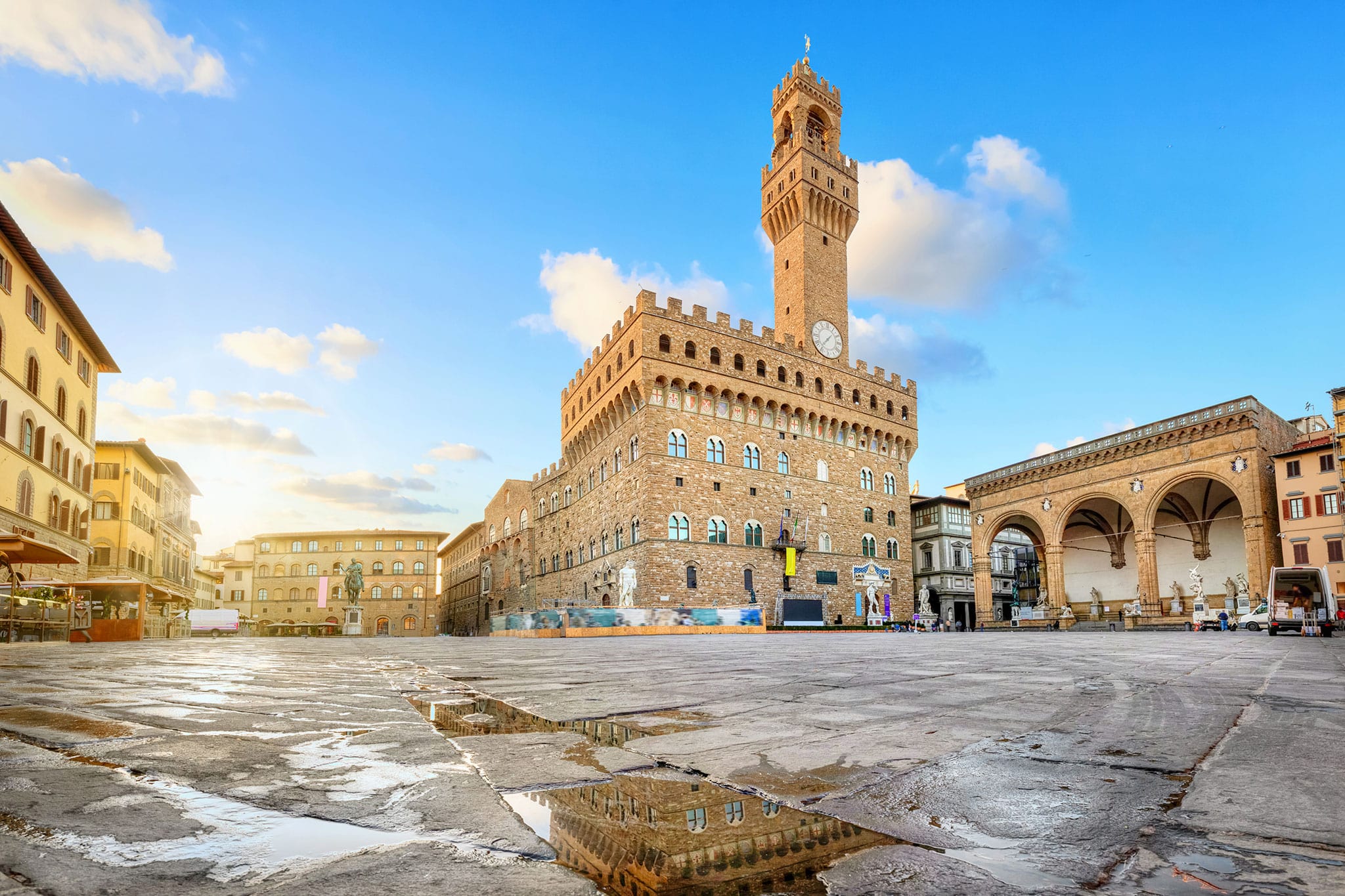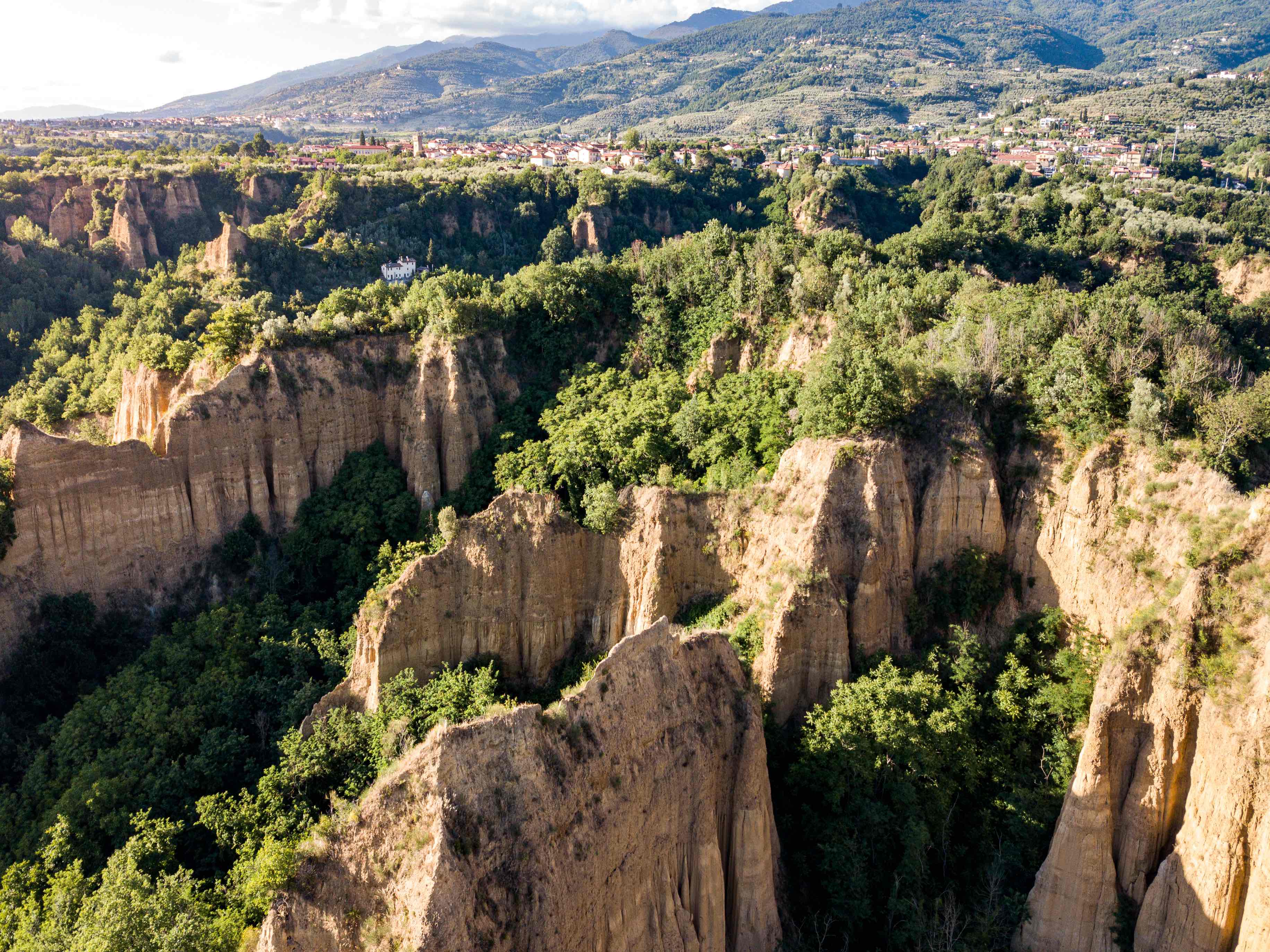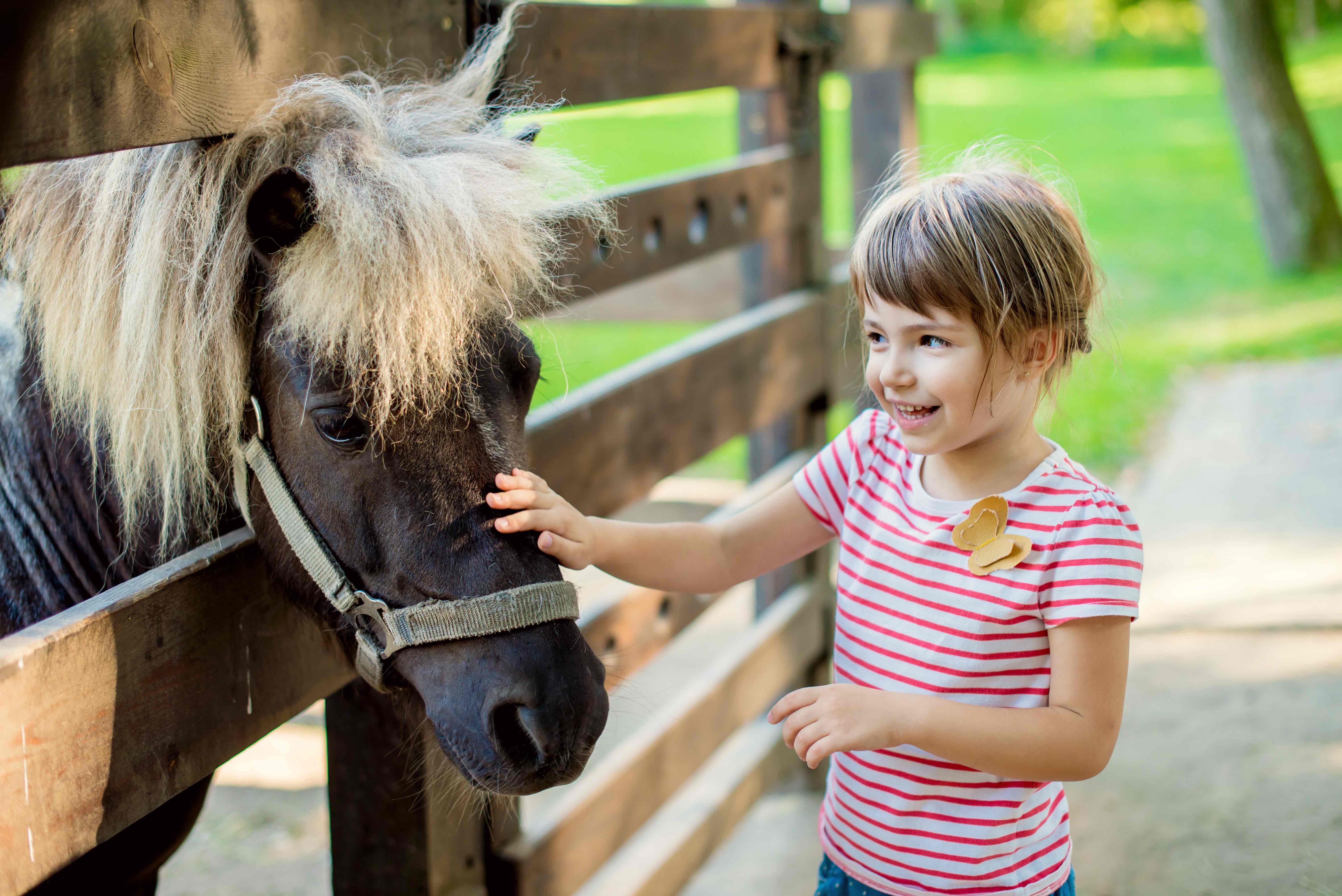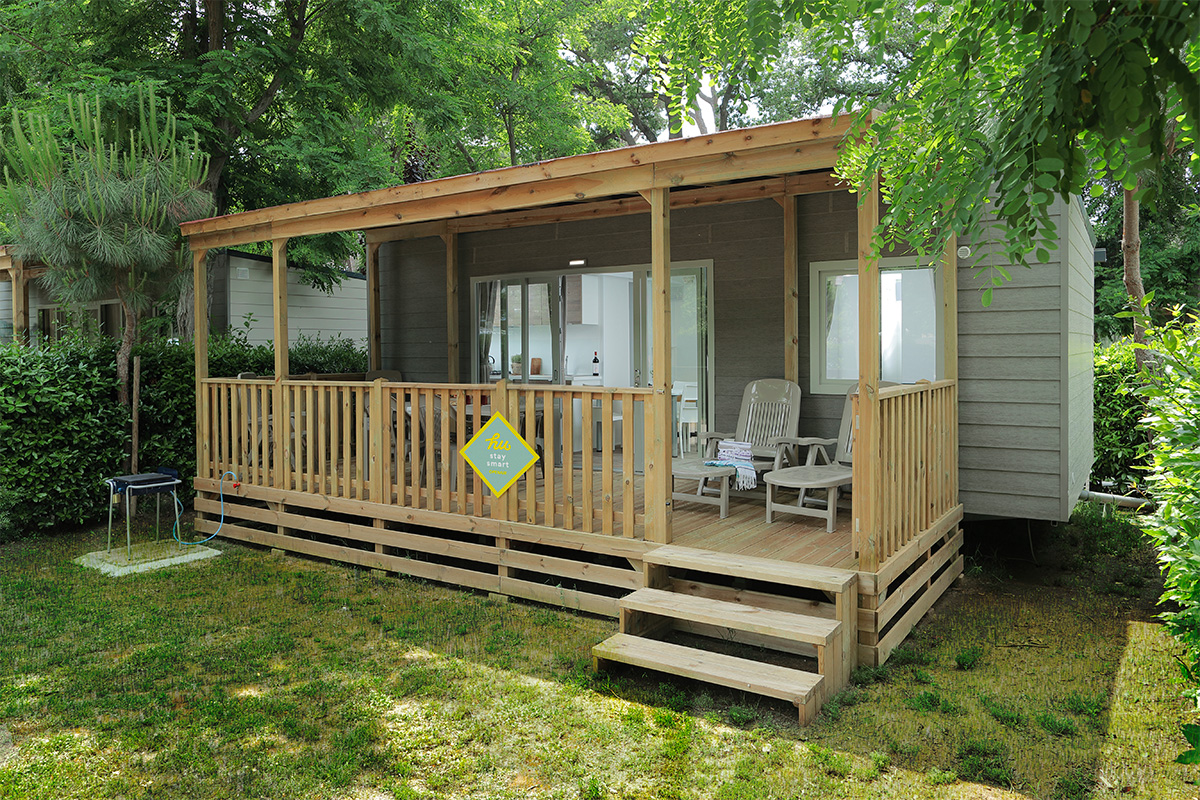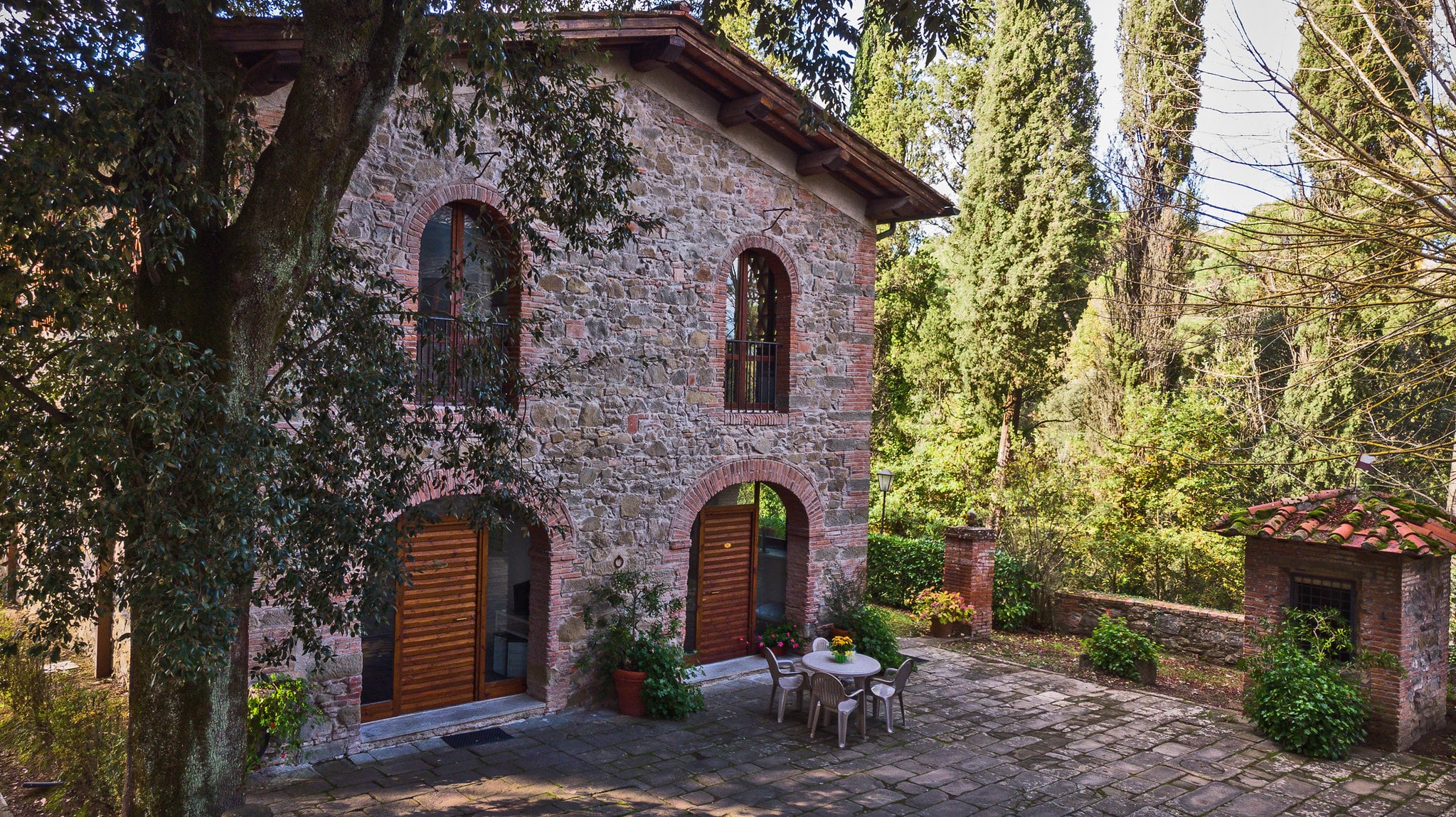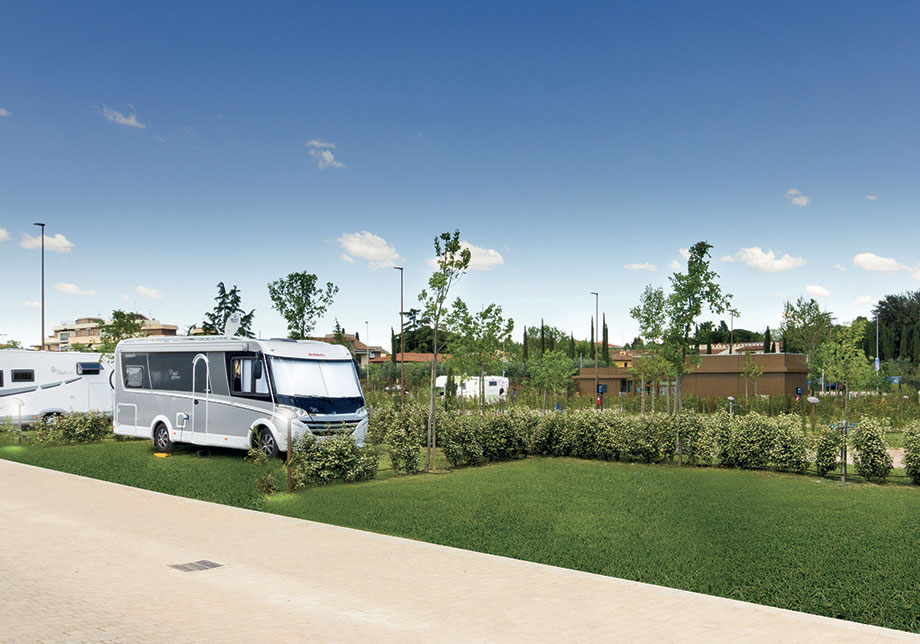The Valdarno, a valley cut through by the River Arno between Florence and Arezzo, is a land rich in culinary traditions wrapped in the history and culture of this region. The region’s food and wine specialities draw on the simplicity of farmhouse cuisine, characterised by authentic flavours and simple, yet genuine ingredients: it is more than just delicious food, it is a cultural heritage that retells the history of a territory and its people through flavour with all its ancient traditions and recipes handed down from generation to generation. The simplicity of the ingredients, combined with a deep knowledge of their preparation, makes these dishes a treasure trove of Tuscan dining.
Panello con uva - grape bread
One recipe that captures the spirit of the territory is panello con l'uva. Prepared at the time of the grape harvest, this traditional focaccia is sweet and enriched with black grapes, its rustic flavour is a perfect example of how those who worked the land transformed simple ingredients into delicious dishes. It is baked in a wood-fired oven and makes an ideal sweet breakfast treat to start the day off right. The delightful recipe where the sweetness of the grapes is matched perfectly by the bread’s texture.
.jpeg)
Panello in its variant with grapes and blueberries
Pici
Pici are a type of handmade fresh pasta. They look like a fat spaghetti and are prepared with water, wheat flour and a pinch of salt, and their particularity lies in the technique used to make them. The dough is appiciato, in other words rolled out by hand to create long strings of pasta. Traditionally, they are served with a simple tomato sauce or all'aglione (with garlic), cacio e pepe (with pecorino cheese) or else with ragù, sometimes made with wild boar or duck.
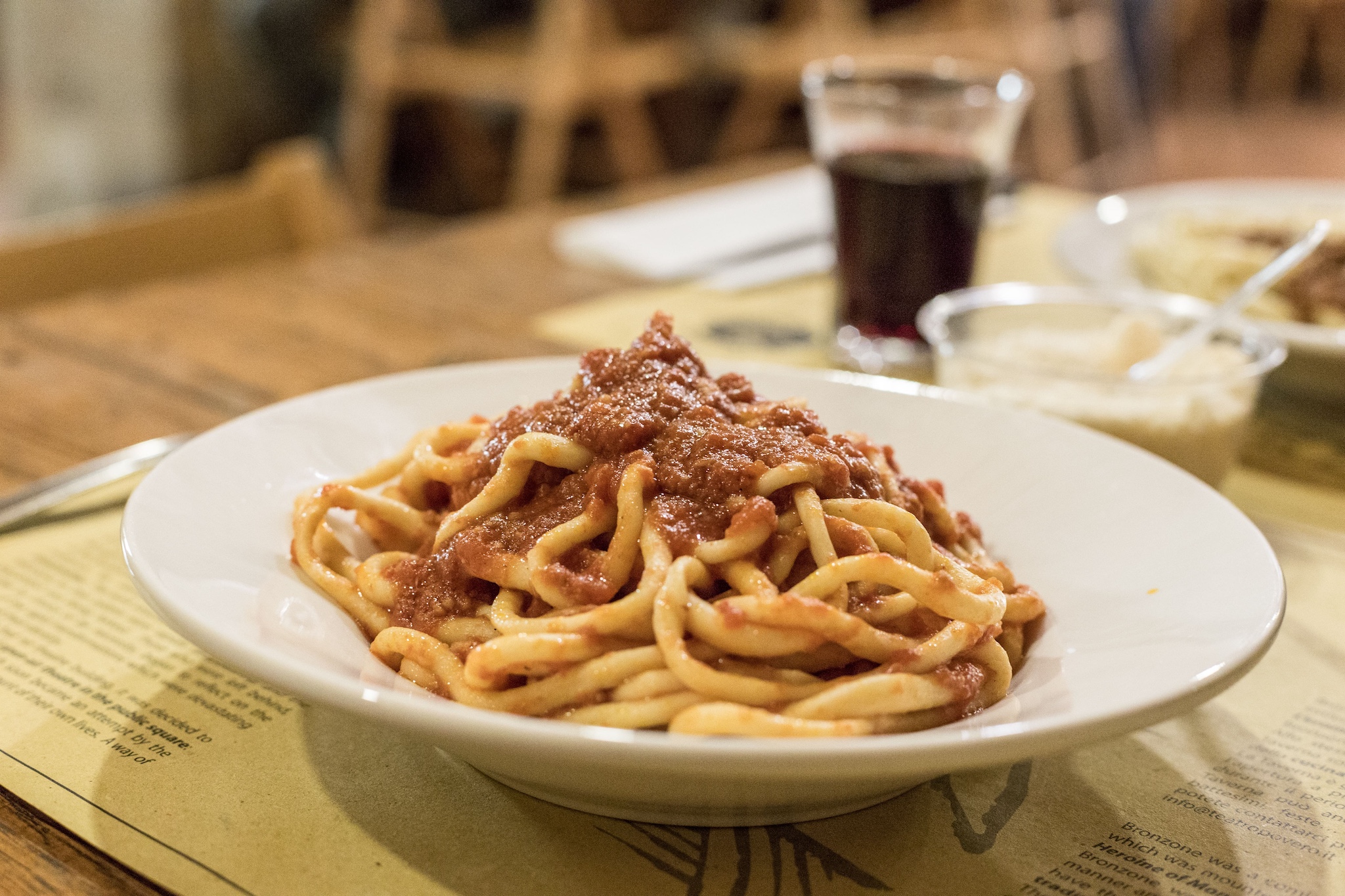
Typical Tuscan pici dish
Panzanella
Panzanella, also known as pansanella or panmolle, is a summer dish that embodies the no-waste philosophy typical of Tuscan cuisine. This is a cold salad prepared with stale bread soaked in water, squeezed out and then enriched with tomatoes, red onion, basil, cucumbers and extra virgin olive oil. This dish, invented as a way to use leftover bread, has become a symbol of the Valdarno’s summer cuisine.
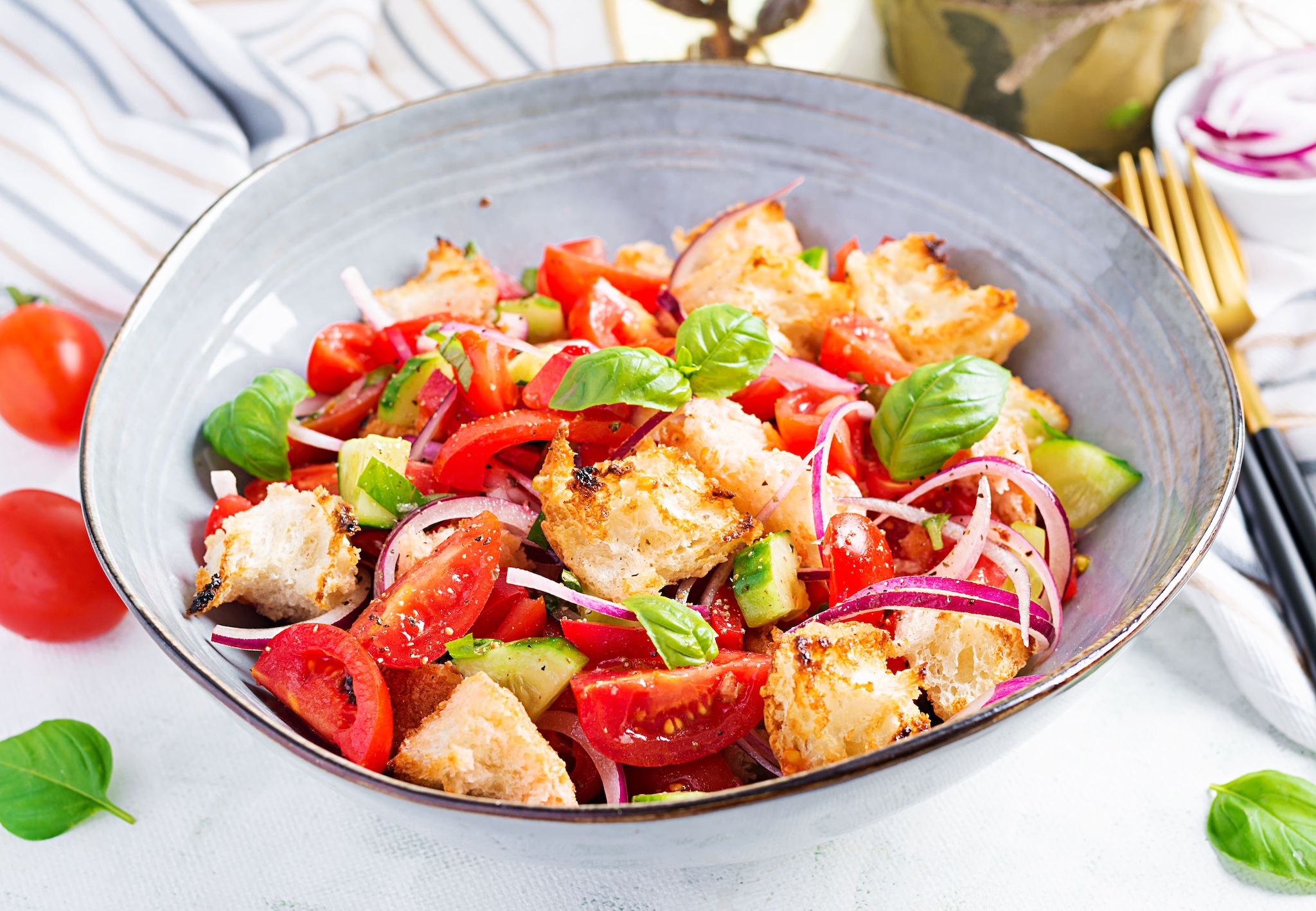
Panzanella dish
Oil and fettunta
The Valdarno extra virgin olive oil is renowned for its superior quality. You only have to glance at the valley to realise that the landscape is dotted with olive groves that are an integral part of its uniqueness. The fields are not just part of large farms, but many belong to families who grow the olives to make ‘oil for home’. The most important and busiest moment is autumn, when the olive harvest sees men and women grappling with nets, ladders and rakes, in a traditional ritual that has been going on for time immemorial. The oil is pressed using the best extraction techniques and has excellent organoleptic properties. Its colour is a deep green, sometimes enhanced by iridescent golden hues and its aroma is fruity with hints of artichoke and fresh grass, while the taste has notes of bitterness and spiciness.
The best way to celebrate this product on a slice of bread known as fettunta, a term in dialect that literally means ‘oily slice’, a preparation that is as simple as it is genuine. This bruschetta is created with a slice of toasted Tuscan bread, rubbed with garlic, generously seasoned with new oil and a pinch of salt. It best savoured in late autumn, with the new oil, i.e. freshly pressed and still with its strong and spicy flavour.
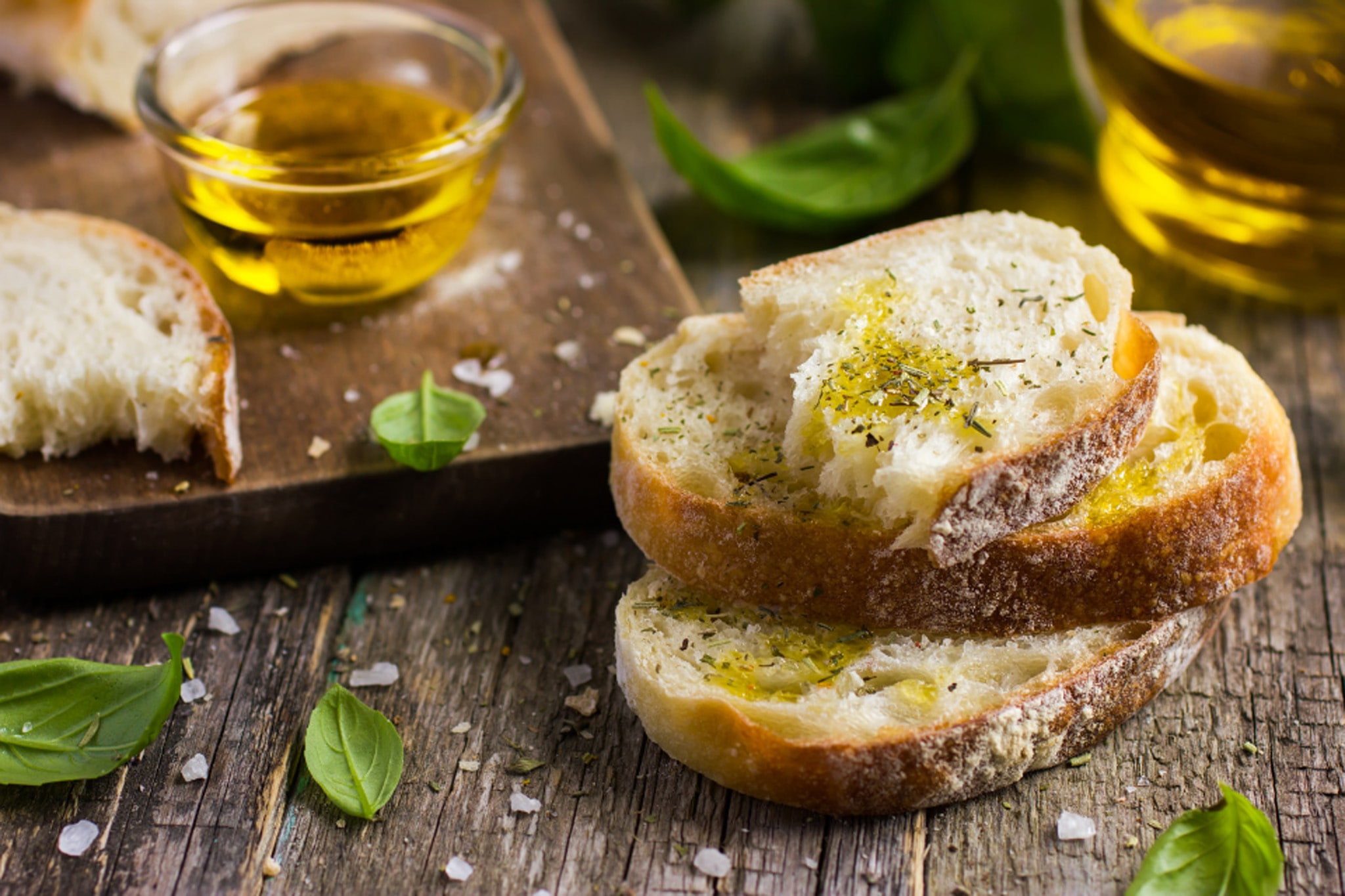
Classic Fettunta
Nana con i sedani (duck with celery)
Nana con i sedani is a traditional dish that features duck (known as nana in the local dialect) cooked with the celery grown in the Valdarno renowned for its particular sweetness. The preparation is complex and involves slowly cooking the duck with celery, carrots, onion, garlic, an egg, tomato puree and red wine: the result is a dish rich in flavour that is a perfect example of traditional country cooking. This dish is typically prepared in Figline Valdarno for the Festa del Perdono in September and can be found on the menus of several trattorias in the area.
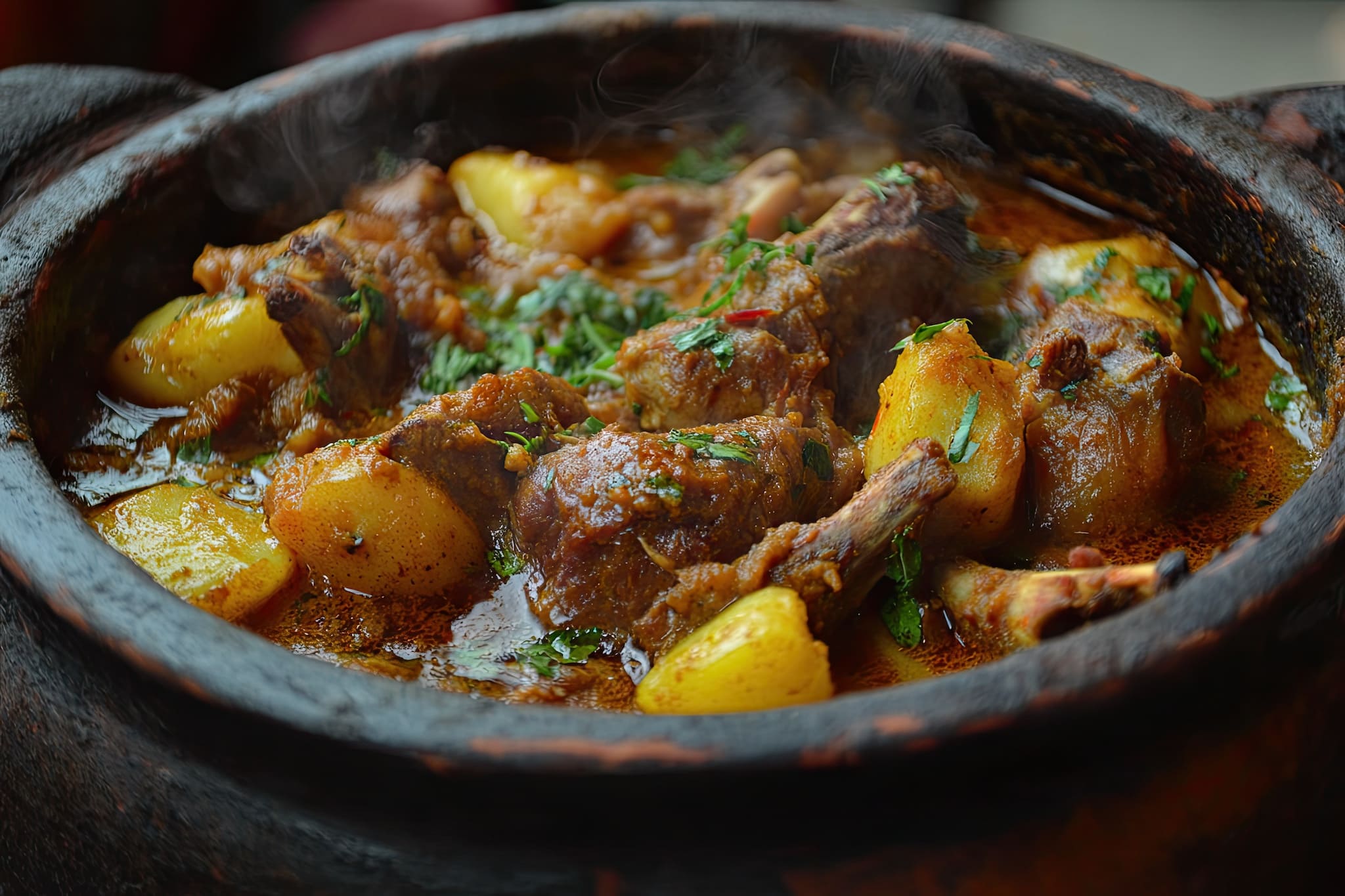
Nana con i sedani


